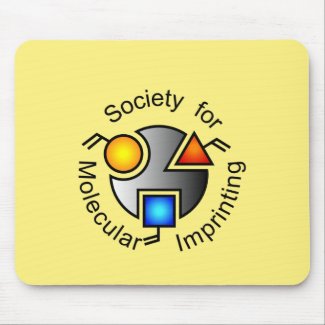
Authors: El-Wekil MM, Ali HRH, Marzouk AA, Ali R
Article Title: Synthesis of Fe3O4 nanobead-functionalized 8-hydroxyquinoline sulfonic acid supported by an ion-imprinted biopolymer as a recognition site for Al3+ ions: estimation in human serum and water samples.
Publication date: 2018
Journal: New Journal of Chemistry
Volume: 42
Issue: (12)
Page numbers: 9828-9836.
DOI: 10.1039/C8NJ01141A
Abstract: Herein, a novel "turn on" ion-imprinted chemosensor for highly sensitive and selective detection of Al3+ ions in complex matrices has been developed. The method was based on using chitosan (CHIT) biopolymer/magnetite nanoparticles (MGNPs) functionalized with 8-hydroxyquinoline sulfonic acid (8-HQS) in the presence of Al3+ ions to synthesize a magnetite ion non-imprinted biopolymer (MGINIBP) chemosensor. This newly developed chemosensor was synthesized via polymerization of CHIT with [3-(2,3-epoxypropoxy)-propyl]trimethoxysilane [EPPTMS] in the presence of magnetite nanoparticles, 8-HQS, and an Al3+ ion template. The template was then removed from the sensor using 0.5 M NaF to form new recognition sites for Al3+. The newly developed chemosensor was termed as a magnetite ion-imprinted biopolymer (MGIIBP). Exposure of Al3+ ions to the developed system embedded with 8-HQS resulted in the formation of a fluorescent polymer, and emission maximum was obtained at 500 nm after excitation at 365 nm. Furthermore, with the increasing Al3+ ion concentration, the fluorescence intensity increases within the range 0.081-9.0 x 10-8 M with a limit of detection (LOD) of 0.027 x 10-8 M. In addition, the synthesized chemosensor was characterized by scanning electron microscopy (SEM), powder X-ray diffraction (PXRD), and Fourier-transform infrared spectroscopy (FTIR). The proposed MGIIBP sensor was successfully applied to the determination of Al3+ ions in water and human serum samples as model examples of complex natural matrix media
Template and target information: aluminium ions, Al(III)



Join the Society for Molecular Imprinting

New items RSS feed
Sign-up for e-mail updates:
Choose between receiving an occasional newsletter or more frequent e-mail alerts.
Click here to go to the sign-up page.
Is your name elemental or peptidic? Enter your name and find out by clicking either of the buttons below!
Other products you may like:
 MIPdatabase
MIPdatabase









